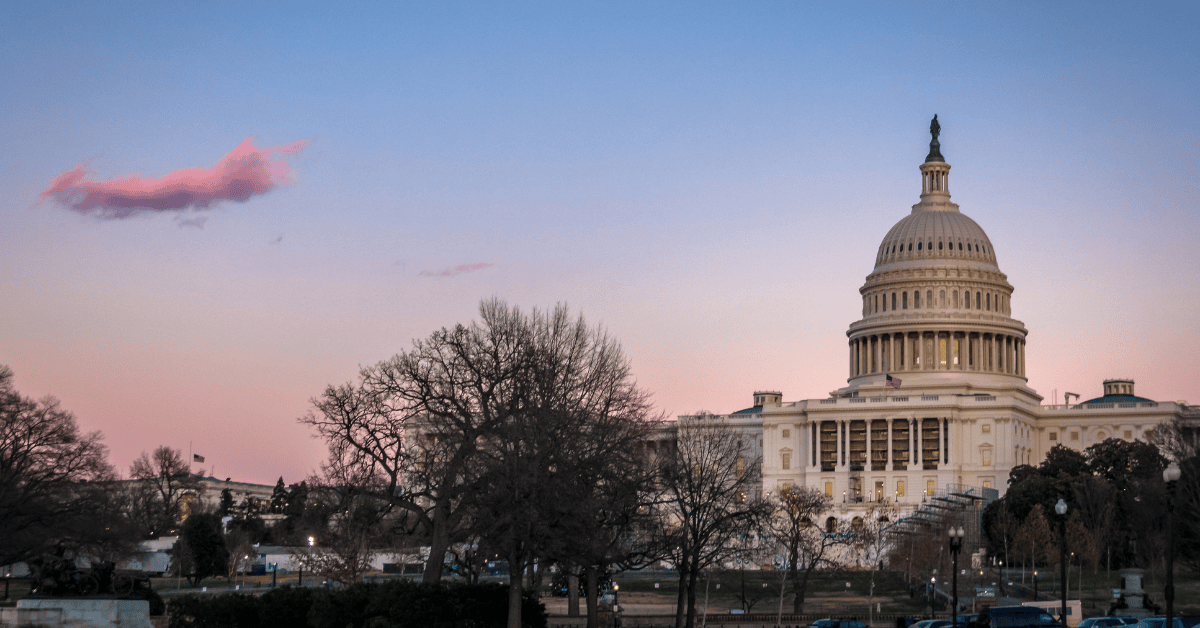President Trump signed into law on July 4 the One Big Beautiful Bill Act (OBBBA), or, for those who prefer a less flamboyant name, H.R. 1 for the 119th Congress. As the name implies, it’s a big, wide-ranging piece of legislation, and while there are some provisions that will please many taxpayers, there are others that some may find objectionable.
Let’s take a look at some of the major points and consider actions that some taxpayers may wish to take in order to get the maximum advantage from the new provisions of the legislation. One way to get a good general grasp of the OBBBA is to keep in mind that it largely makes permanent many of the provisions of the Tax Cuts and Jobs Act (TCJA) of 2017, passed during President Trump’s first term in office. Some readers will recall, for example, that we have previously mentioned the potential sunset of the much-higher lifetime estate and gift tax exemptions that were one of the most important parts of the TCJA. If the sunset had occurred as envisioned, those higher exemptions would have expired at the end of 2025. However, thanks to the passage of the OBBBA, the higher limits are retained, making estate taxes less likely for those with larger estates (in 2025, the exemption applies to estates of $15 million or less for single individuals and $30 million or less for married couples filing jointly).
One new provision of OBBBA that could be helpful to many taxpayers is a higher standard deduction. In tax year 2025, an individual filer’s standard deduction is increased to $15,750 (up from $14,600), and those who are married filing jointly have a standard deduction of $31,500 (up from $29,200). Taxpayers who are 65 or older can also claim an additional deduction of up to $6,000 in tax years 2025–28, but this deduction phases out according to income, starting at $75,000 of annual income for single filers and $150,000 for married couples. For individuals with modified adjusted gross income (MAGI) of $175,000 or more ($250,000 or more for couples), the 65-and-over deduction goes away.
The cap on deductions for state and local taxes (SALT) imposed by the TCJA has been raised by the OBBBA from $10,000 to $40,000 for those with less than $500,000 adjusted gross income (AGI). Above that level of AGI, the former $10,000 cap still applies.
Younger families may benefit from an increased child tax credit of $2,200 per child, available to individuals with $200,000 or less in annual income. To be eligible, the children for whom the deduction is claimed must have a Social Security number prior to tax return filing and at least one parent must also have a Social Security number. OBBBA also raises the percentage of child and dependent care (CDC) expenses qualifying for the CDC tax credit from 35% to 50% (subject to phaseout according to AGI). Finally, OBBBA creates “Trump accounts” for children that work similarly to IRAs; the accounts grow without taxation, and at the child’s age 18 funds may be withdrawn without being taxed as ordinary income. Children born between 2025 and 2028 can receive $1,000 from the federal government as “seed money” for the account. Parents can also open accounts for children born prior to 2025, but they are not eligible for the $1,000 deposit.
Business owners who offer paid childcare to employees can take advantage of a threefold increase in the amount of such expenses that can be credited on the business’s income tax—from $150,000 to $500,000 per year, or up to 40% of the expense (up from 25%). Additionally, OBBBA restores and makes permanent a business’s ability to write off the full cost of equipment purchases in the year they are made. The write-off also applies to research and development expenses.
Recommendations
Individual taxpayers may wish to review their W4 withholding and estimated tax calculations in light of the increase in standard exemptions and available tax credits. Parents with dependent children should review their eligibility for the Child Tax Credit and Child and Dependent Care Tax Credit and understand the steps necessary to claim on their tax return. They may also wish to consider the advantages of a “Trump account” for children who qualify. Some taxpayers may wish to reconsider itemizing deductions vs. taking the standard deduction, while “lumping” multiple years’ deductions together could prove advantageous in some cases. The higher cap on SALT deductions should also be reviewed, as this could make itemizing more desirable for some taxpayers.
For fixed-income investors, a word of caution may be in order. Some observers are concerned that the approximately $3.4 trillion OBBBA could add to the federal budget deficit (according to Congressional Budget Office estimates) will cause a rise in interest rates. While this outcome is not a foregone conclusion, it has implications that should be kept in mind, going forward.
As always, your friends at Mathis Wealth Management are working to stay abreast of legislative, economic, and financial developments that could affect your financial strategy and goals. If you have questions about the OBBBA, its effect on your planning, or any other matter of concern, we want to talk with you. Please contact us if we can help in any way.
Disclosure: All information presented is believed to be accurate at the time of publication, but may not be guaranteed. This content is for informational purposes only and does not constitute financial, tax, or legal advice. Please consult with a qualified professional for advice tailored to your specific situation.












